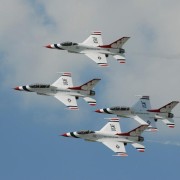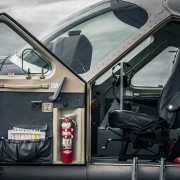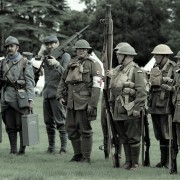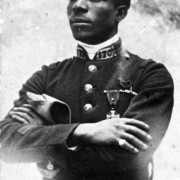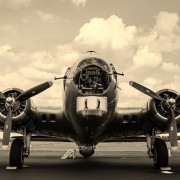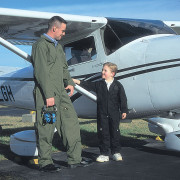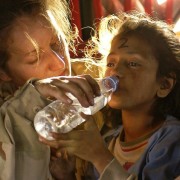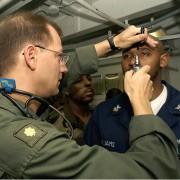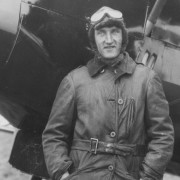Why the US Military and Pilots Chose Nomex Flight Suits
Nomex is the chosen material employed by the US Military and its air force pilots. The material offers a much more unique experience than that of traditional flight suits worn by pilots during the wars of the 20th Century. It is because of this that the flight suits are used by the US Military, as the benefits are worlds ahead of the suits of the past.
Flame Resistant
Nomex fiber is flame resistant, something that is beneficial during missions and exercises where anything can happen. Taking measures to understand the dangers of these missions is essential to the design of flight suits.
While cockpit fires are rare, this does not mean that they will not happen. In military jets, with an array of wiring and other instruments, the potential for fire is even greater. Having a suit that will protect the pilot from fire will save lives should the worst happen.
Safety First
Considering that these flight suits are used during often-dangerous missions, manufacturers need to ensure that they are safe for use. The flame resistant material covers much of the dangers associated, but there are also factors such as its temperature-resistant abilities. The Nomex flight suit can withstand temperatures of up to 5720℉ (300℃) and do not suffer molecular changes when exposed to such temperatures, such as melting or brittleness.
These kinds of properties make NOMEX the ideal material when considering how to outfit military personnel. It is no surprise that the US armed forces have elected to use Nomex exclusively in their uniforms.
Comfort is Key
Being in an enclosed area, things can get quite claustrophobic, because of this, it is essential that the suits provided to the pilots are comfortable and lightweight. Previous suits were traditionally bulky and heavy which, while ensuring the pilot remains warm, can quickly cause discomfort. The NOMEX suit weighs just 4.5 lbs, helping to provide a lightweight solution while still ensuring protection.
Additionally, built-in insulation provides the wearer with comfort when reaching higher altitudes, but can still prevent overheating. Its glove-like fit along with adjustable waist belt gives the opportunity to fit pilots of all shapes and sizes, meaning that no matter who you are you will feel comfortable and secure when wearing your flight suit. There is also a single zipper for quick removal and six pockets to store any necessary equipment
Quality Check
The Nomex flight suit is created with a sturdy material that reduces rips or tears through its rip-top fabric design. This is especially useful when in the cockpit or even moving to and from such tight areas as there is little chance of catching on hooks, latches and other protruding instruments.
Furthermore, the suits are solution dyed to prevent fading and discoloration. This ensures a professional appearance throughout the rank and promotes a sense of camaraderie. Everyone is working towards the same goal together as a team.
The NOMEX flight suit has proven highly effective in protecting pilots. The material offers a degree of safety, comfort, and quality that is not found in other suits on the market.

